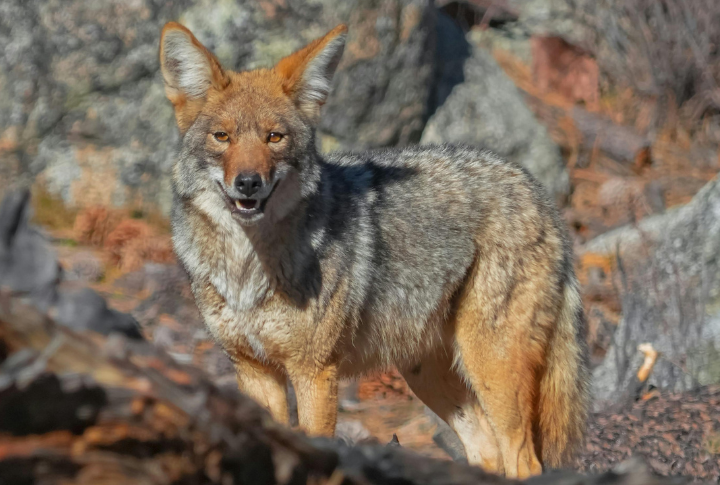
A set of golden eyes flickers from the bush just beyond the porch light. No fence keeps them out for long, and no city noise drowns out their midnight songs. Coyotes have learned to read the modern world better than we read them. Let’s look at 10 truths that may change how you see them.
They Have Expanded Their Range Eastward
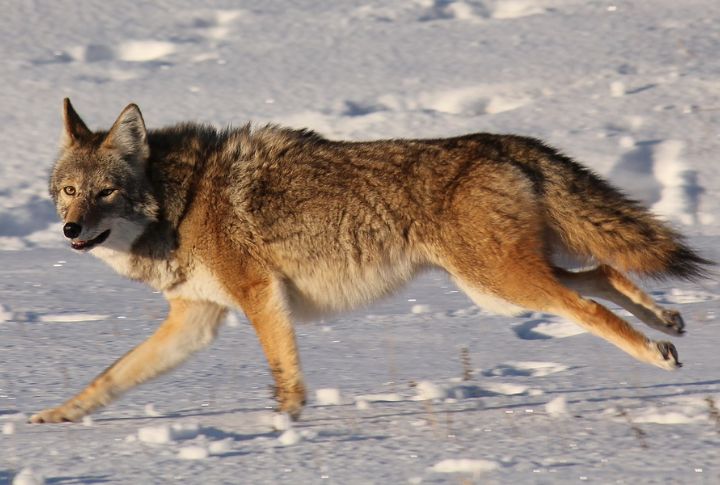
Once confined to the West, coyotes now roam as far as the Atlantic Coast. Their eastward spread surged in the 20th century following the disappearance of gray wolves. Reduced competition and diverse diets made them highly successful across changing terrains.
Their Diet Is Surprisingly Flexible
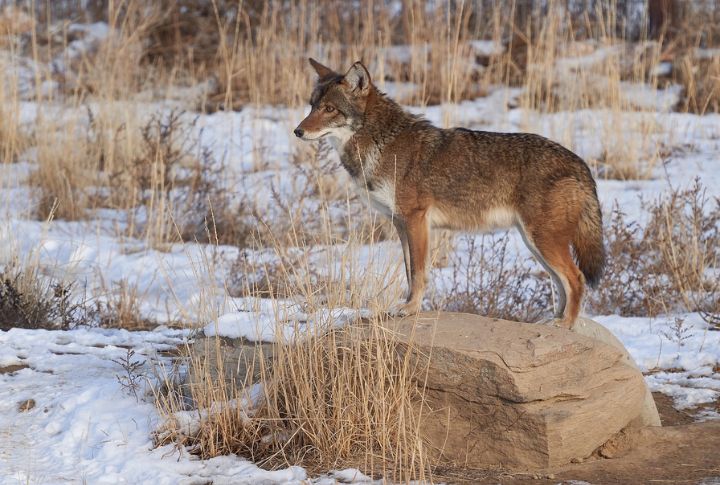
These animals are categorized as carnivores, yet their meals include insects, berries, and food scraps. This dietary flexibility supports survival in rural fields and city dumpsters alike. Whether it’s squirrels or watermelon rinds, their food choices mirror the ecosystem they inhabit.
Pups Are Raised By The Whole Pack
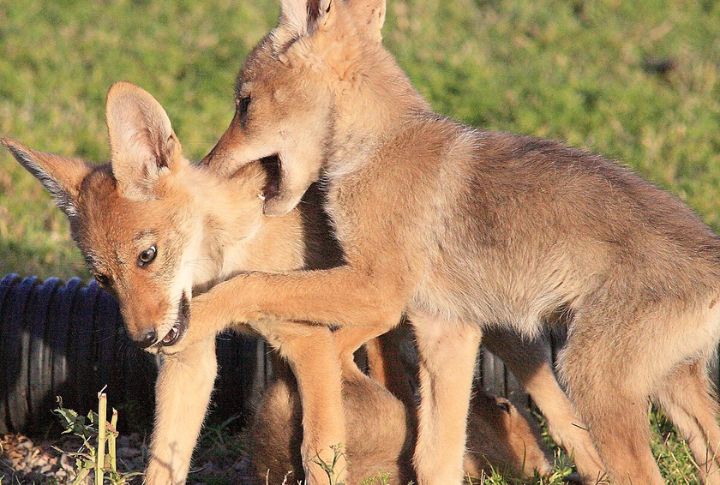
Cooperative care defines a coyote family. Not only do parents tend to the young, but older siblings also pitch in as babysitters and sentries. This shared investment strengthens family bonds and raises pups’ survival rates by building resilience through collective effort.
They Sing To Communicate And Coordinate
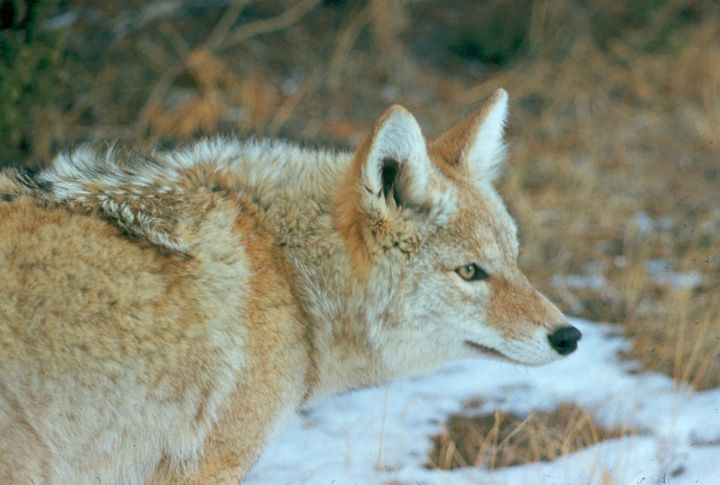
Their vocalizations serve multiple functions: yips and howls help reunite pack members and deter intruders. Intriguingly, just three coyotes howling together can sound like a much larger group to create an auditory illusion that may discourage would-be rivals or predators.
They Can Leap Nearly 13 Feet In A Single Bound
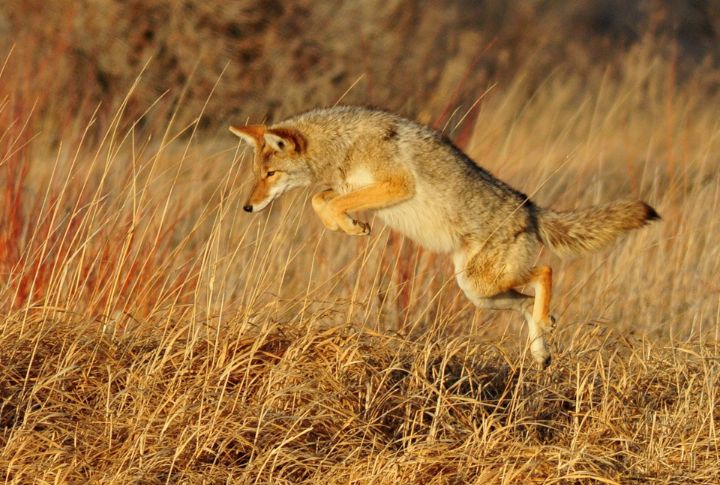
With strong hind legs and remarkable coordination, coyotes can make horizontal leaps approaching 13 feet. This allows them to clear standard fences with ease. Their jumping prowess underscores just how well-adapted coyotes are to surviving and thriving in human-altered environments.
Urban Animals Avoid Humans On Purpose
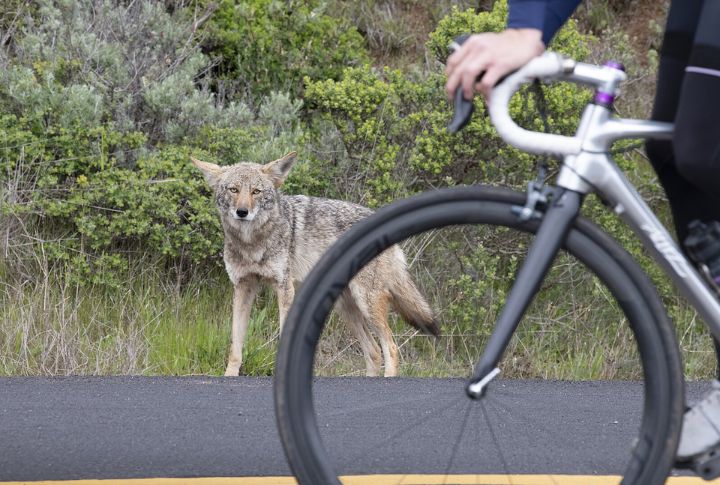
Trail cameras reveal a clever shift in city-dwelling coyotes. They have become more nocturnal in busy neighborhoods, effectively reducing human encounters that might cause trouble. It’s not panic that guides them, but planning—a behavior shaped by generations of silent adaptation.
They Form Monogamous Pairs
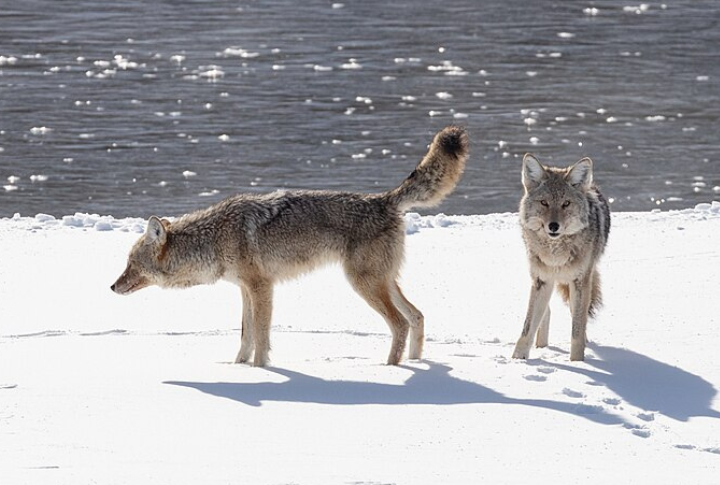
Most coyotes choose one mate for life. These loyal partnerships contribute to stronger litters, as both adults share the roles of hunter, teacher, and protector. If a partner dies, the survivor may not breed the next year.
They Play Just Like Dogs
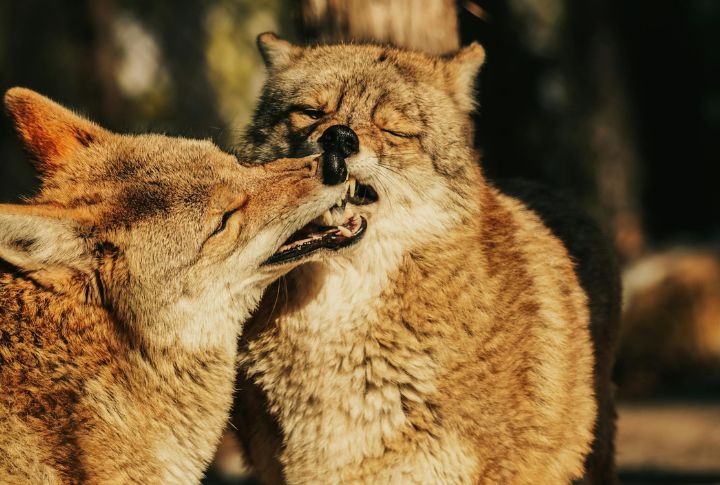
Spinning in circles and pouncing with joy, these animals engage in play that strengthens social skills. Youngsters rehearse hierarchy and coordination, while adults sometimes join in for sheer pleasure. Watching their antics is like glimpsing intelligence with a sense of humor.
Each Pack Claims A Unique Territory
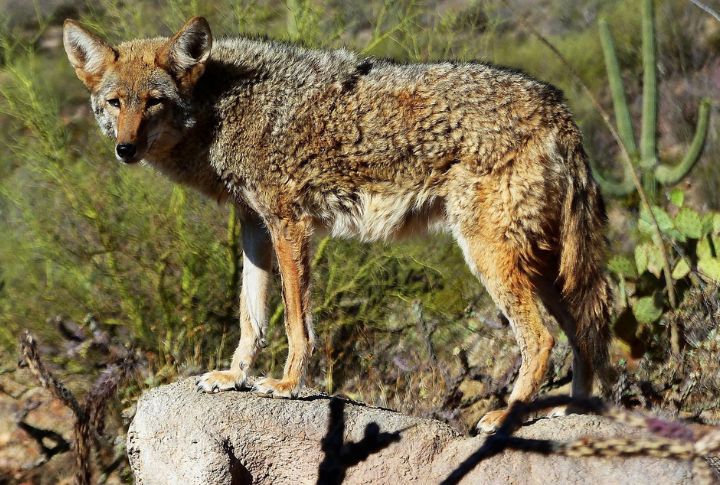
Each pack typically maintains its own distinct territory, which it marks and defends through scent and vocal warnings. While GPS studies show that territories tend to remain exclusive, some overlap does occur, especially in populated urban areas where space is limited.
They Have A Built-In Population Regulator
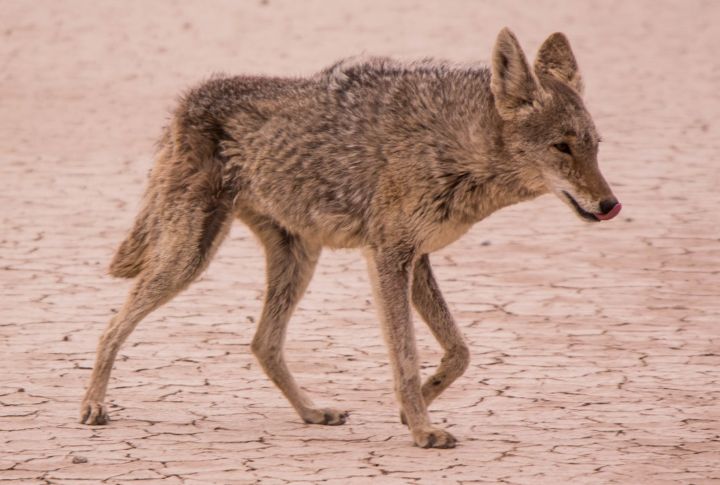
Efforts to reduce coyote numbers can backfire. When population density drops, reproduction intensifies. More females may breed, and surviving pups thrive with less competition. This natural response makes total eradication nearly impossible and underscores their stunning ecological resilience.
